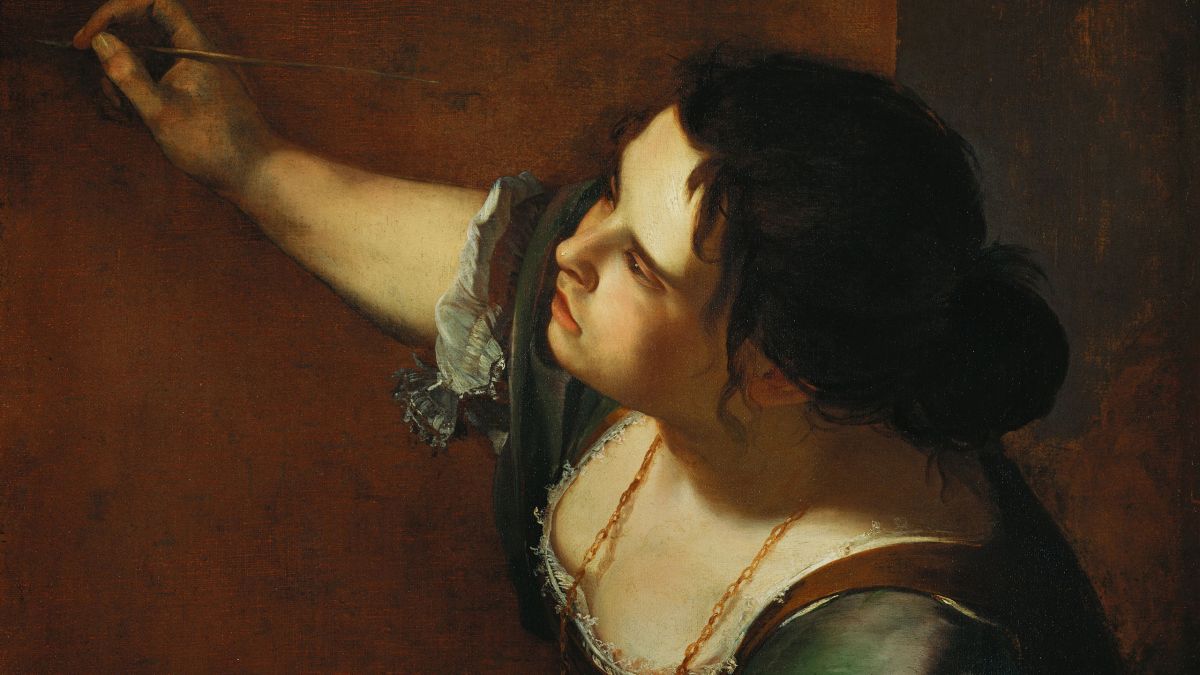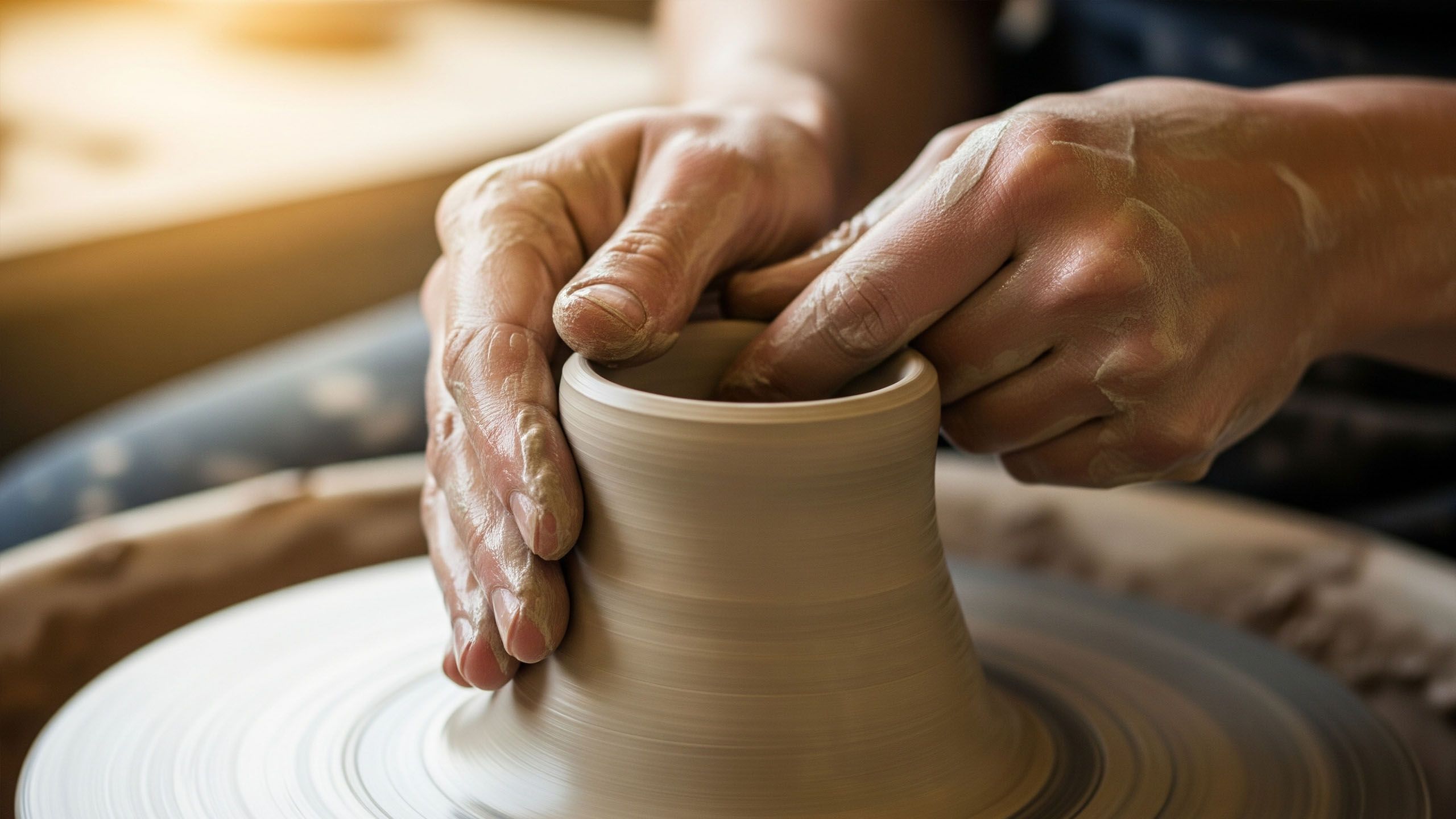Forging a Path: Women Artists Who Reshaped Art History

For centuries, the formal world of art—from the guilds of the Renaissance to the academies of the 19th century—was largely a male domain. Yet, throughout history, determined women created significant works, challenged conventions, and built successful careers against considerable odds.
Their stories are not just about art; they are studies in persistence and ingenuity. These women didn't just paint; they navigated complex social and professional landscapes to make their mark.
| Artist | Lifespan | Period / Movement | Notable For | A Key Work |
|---|---|---|---|---|
| Artemisia Gentileschi | 1593–c. 1653 | Baroque | Dramatic historical paintings with strong female protagonists. | Judith Slaying Holofernes |
| Élisabeth Vigée Le Brun | 1755–1842 | Rococo / Neoclassicism | Naturalistic and graceful portraits of European nobility. | Marie Antoinette and Her Children |
| Mary Cassatt | 1844–1926 | Impressionism | Intimate portrayals of the private lives of women and children. | The Child's Bath |
Artemisia Gentileschi (1593–c. 1653)
A master of the Italian Baroque period, Artemisia Gentileschi was one of the most accomplished and expressive painters of her generation. In an era when female artists were typically confined to painting still lifes and portraits, Gentileschi tackled large-scale historical and religious scenes—subjects considered the highest form of art.
Trained by her father, the painter Orazio Gentileschi, Artemisia showed immense talent from a young age. Her work is known for its dramatic use of light and shadow, a technique called chiaroscuro, similar to that of Caravaggio. However, her perspective was uniquely her own. Her paintings, such as the famous Judith Slaying Holofernes, portray strong, capable women at the center of the action. She was the first woman to become a member of the prestigious Accademia di Arte del Disegno in Florence, a significant professional achievement that secured her place among the great artists of her time.
Élisabeth Vigée Le Brun (1755–1842)
As the official portrait painter to Queen Marie Antoinette, Élisabeth Vigée Le Brun was a dominant figure in the French art world of the late 18th century. Largely self-taught, she developed a graceful and naturalistic style that was highly sought after by European nobility.
Vigée Le Brun's success was the result of both her artistic skill and her sharp business sense. She ran a thriving studio and earned a substantial income, enjoying a level of professional autonomy that was rare for women. Her portraits often depicted her subjects in relaxed, intimate poses, which was a departure from the stiff formality of traditional court portraiture. Forced to flee France during the Revolution, she traveled throughout Europe, supporting herself and her daughter for over a decade with her art, gaining commissions from the aristocracy in Russia, Austria, and Germany. Her memoirs provide a fascinating look at her life and the turbulent times she lived through.
Mary Cassatt (1844–1926)
An American painter and printmaker, Mary Cassatt was a key figure in the Impressionist movement. Frustrated by the constraints placed on female artists in the United States, she moved to Paris, the center of the art world. There, she was invited by Edgar Degas to exhibit with the Impressionists, the only American to receive such an invitation.
Cassatt is best known for her sensitive and insightful portrayals of the private lives of women and children. Rather than painting grand historical events, she focused on the quiet, everyday moments—a mother bathing her child, a woman reading a letter, friends sharing tea. Her work offered a view into a world that was often overlooked in art. She was also a talented printmaker, creating innovative color prints influenced by Japanese woodblocks. Cassatt acted as an advisor to major American collectors, playing a crucial role in bringing Impressionist art to the United States.
A Lasting Impression
The careers of Artemisia Gentileschi, Élisabeth Vigée Le Brun, and Mary Cassatt show that exceptional talent and resolve have always found a way to the surface, regardless of the era's limitations. Though separated by centuries, they shared a common determination to pursue their craft at the highest level. By mastering their medium, building successful careers, and creating art that offered a unique perspective, they left a permanent and valuable mark on art history. Their accomplishments laid a foundation for future generations of artists to build upon.
Disclaimer: The articles and information provided by the Vagina Institute are for informational and educational purposes only. This content is not intended to be a substitute for professional medical advice, diagnosis, or treatment. Always seek the advice of your physician or another qualified health provider with any questions you may have regarding a medical condition.


 English
English  Deutsch
Deutsch  Español
Español  Français
Français 

